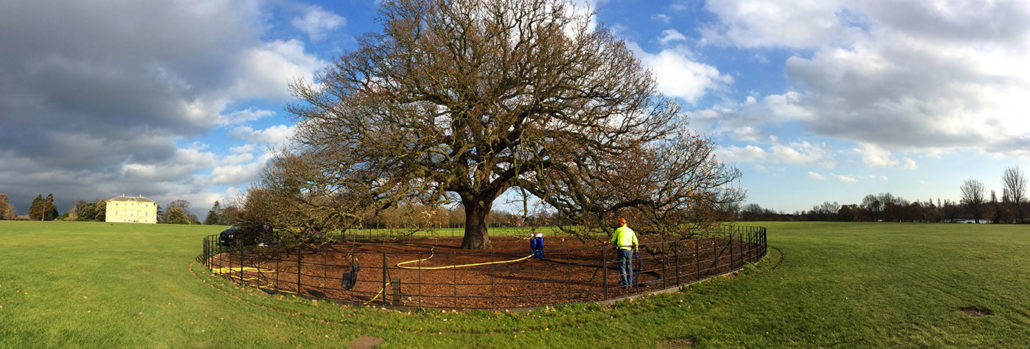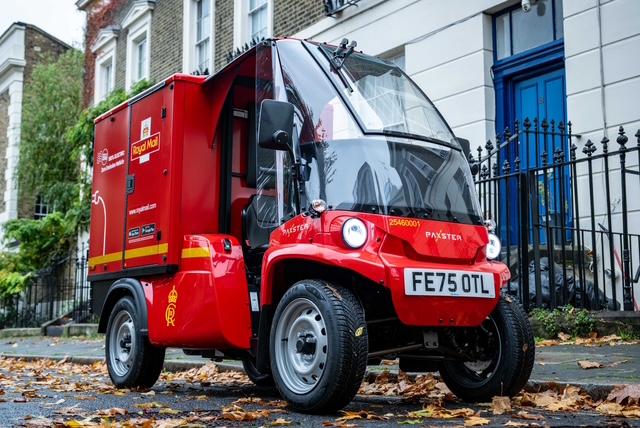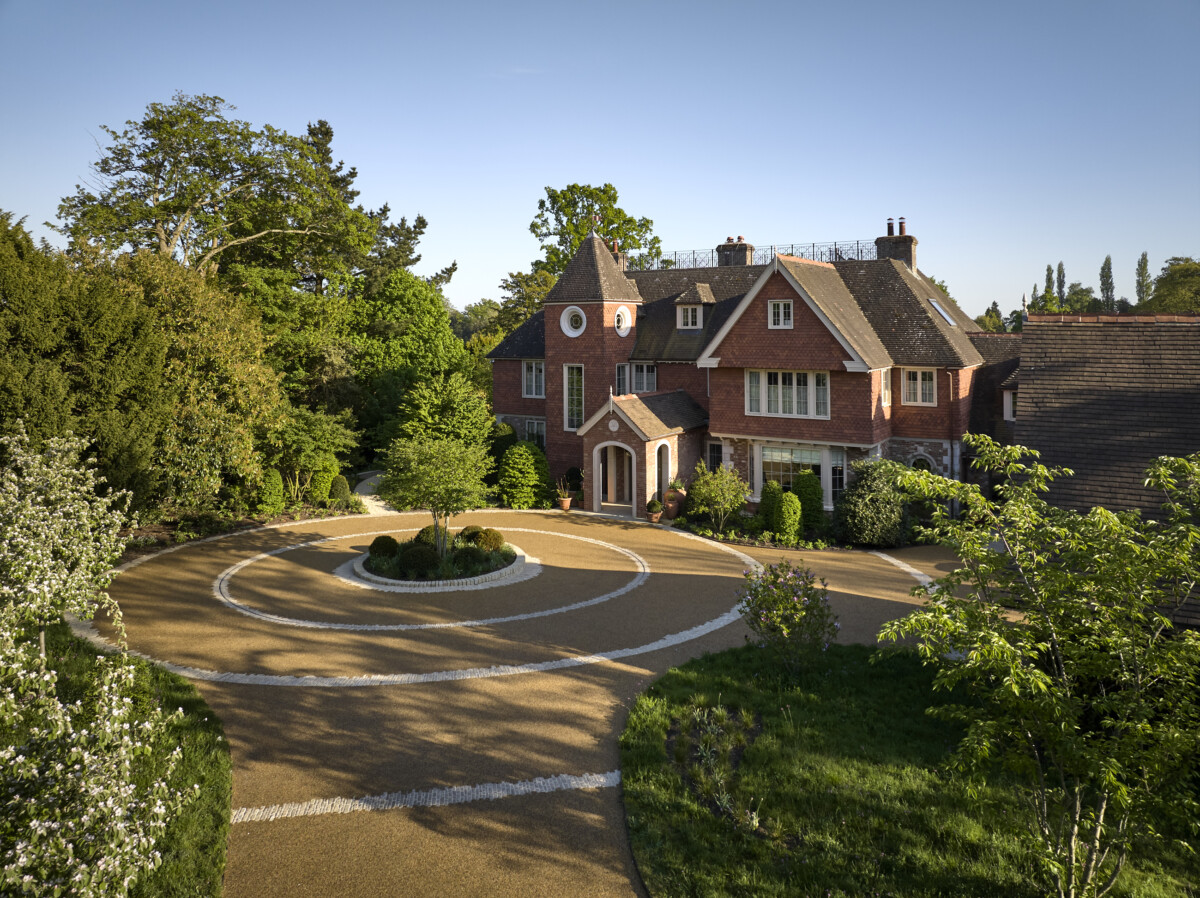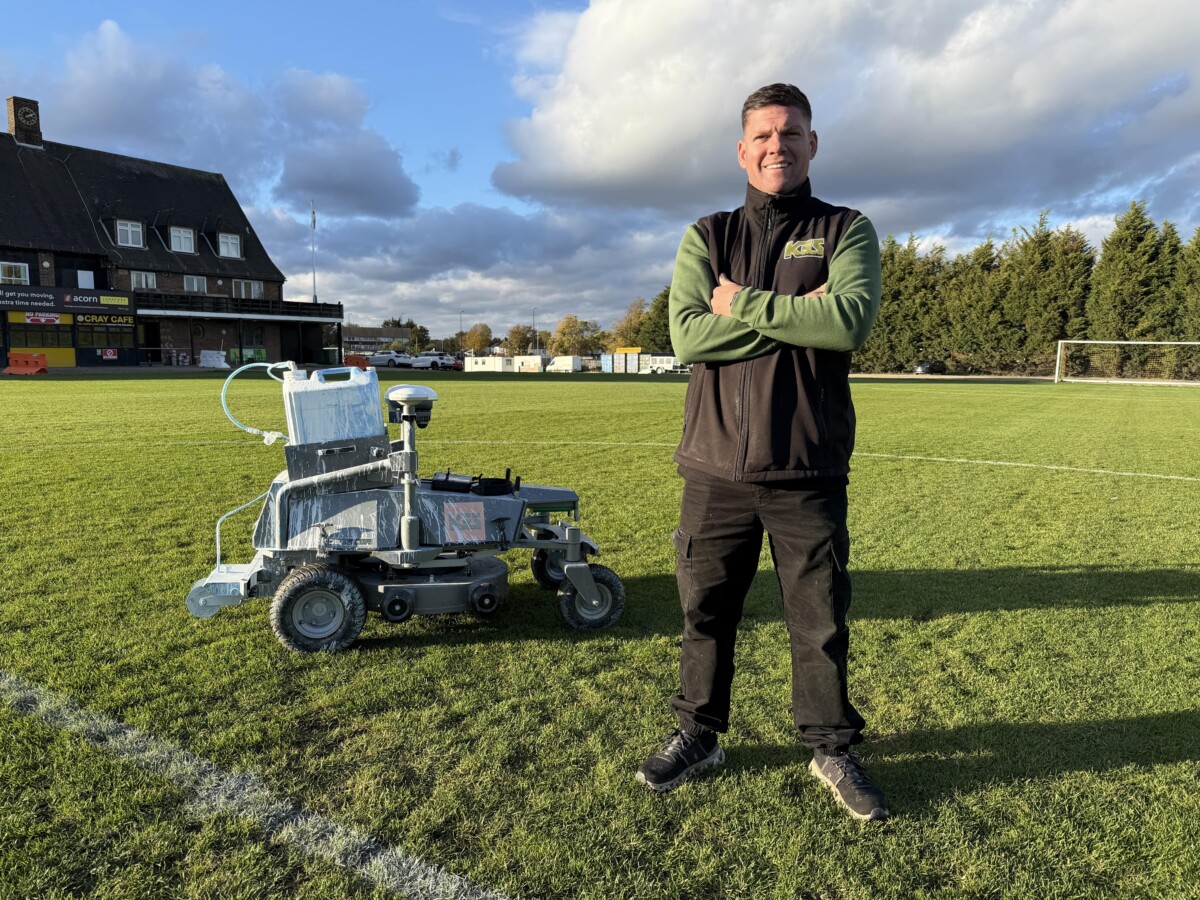Bexley’s Charter Oak Revived: After the Great Storm in 1987, Londoners were asked to nominate the leading landmark trees in the capital. In 1988, over 40 were officially awarded “Great Tree” status, with an additional 20 in 2008. The magnificent Charter Oak of Bexley was elected one of these landmark trees.
Beefsteak fungus and lazy branches
In recent months, the Charter Oak was starting to cause concern. It was showing noticeably diminished vitality and a reduced leaf area index. Its huge canopy clearance was also reducing due to ‘lazy branches’, and the destructive ‘beefsteak fungus’ (Fistulina hepatica) had started to advance.
London Borough of Bexley Tree and Woodland Officer Philip Louis called on Apex Tree Surgeons and Carbon Gold to work with the Council to prolong the life of this historic tree. Apex are the only UK distributor of Vogt GeoTech equipment, which allows them to inject granular material deeper into the ground then other equipment. Carbon Gold are leading suppliers of enriched biochar, a horticultural form of charcoal used to improve soil nutrition and growing conditions.
Previous treatments with varying success
The oak had been treated with air-spading over ten years ago, however the soil around the root system was found to be compacted when Apex Tree Surgeons commenced work in autumn 2017. An amenity grade mulch had been applied every year, which was successful in suppressing weeds but had a negligible effect on nitrogen recycling and water retention. Fencing around the root area had been erected approximately fifteen years ago which had been successful in minimising compaction by footfall, and preventing climbing and vandalism.
Getting enriched biochar into the root-zone
Enriched biochar is known for its tree revitalising properties and Bexley’s arboriculture department were keen to see if it could reverse the Charter Oak’s worrying symptoms. Apex were commissioned to use the pioneering Vogt GeoTech Injector to apply Carbon Gold’s enriched biochar Tree Soil Improver directly around the root system. This unique piece of equipment is designed to inject high pressure compressed air up to a metre into the ground – reducing compaction, improving aeration and drainage, and stimulating root growth. Using the same probe, materials such as biochar can then be injected into the cavities it has created in the soil, ensuring product is applied deep into the root zone.
For the latest industry news visit turfnews.co.uk
Get all of the big headlines, pictures, opinions and videos on stories that matter to you.
Follow us on Twitter for fun, fresh and engaging content.
You can also find us on Facebook for more of your must-see news, features, videos and pictures from Turf Matters.



























